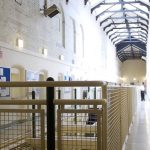If you decide to commit a crime, there is a high probability that you will eventually face punishment. However, in countries where the attitude towards punishment is considered unjust, you should be cautious about crossing any boundaries.
In this article, we examine some of the most severe situations. prisons in the world In a place where tuberculosis is increasing, there is a lot of overcrowding, and the chances of dying from both wardens and inmates are equally high.
Diyarbakir prison, Turkey
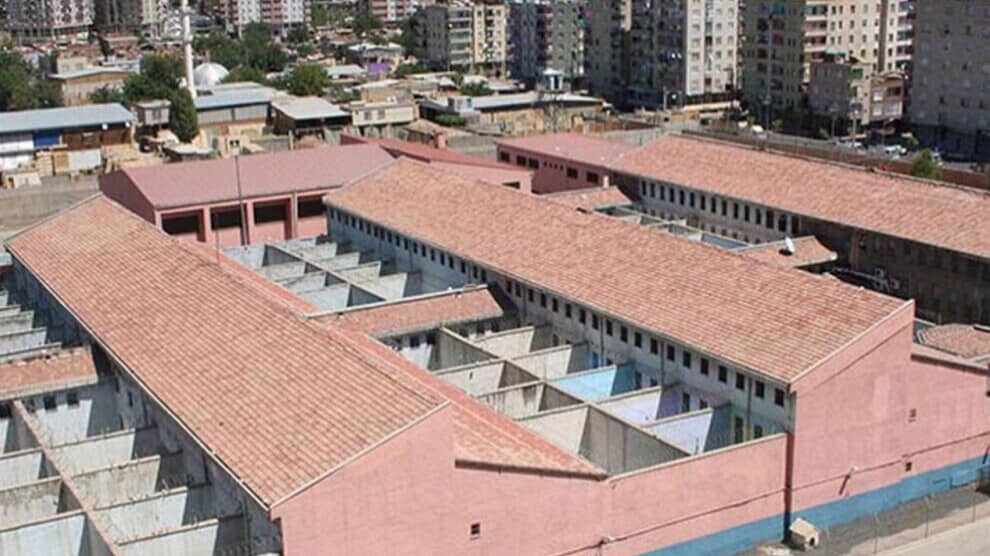

urkey has been frequently criticized on an international scale due to its troubling track record in upholding human rights. Nevertheless, when we delve into the conditions of its penitentiary system, the gravity of the situation escalates significantly.
One of the most disconcerting cases is the Diyarbakir prison, notorious for its excessively harsh conditions. The dire situation within this penal institution is almost beyond comprehension. Prisoners are left with no option but to take drastic steps in a desperate bid to draw global attention to their plight.
The tales emerging from this prison are both heart-wrenching and horrifying, with reports of inhumane treatment becoming the norm rather than the exception. Despair is so widespread that inmates, in their desperation, resort to measures such as hunger strikes, embodying a passive form of protest against their mistreatment.
Unfortunately, despite these desperate cries for help, the response has been dishearteningly inadequate. The Turkish government, who should be at the forefront of ameliorating the situation, appears to be unmoved by the conditions within Diyarbakir. The international community, often vocal in condemning human rights abuses, has also fallen short in offering substantive solutions or pressure to rectify the appalling circumstances of these inmates.
The pressing need to intervene and alleviate the appalling conditions experienced by these prisoners remains largely ignored, thus perpetuating a cycle of suffering for those unfortunate enough to be incarcerated within the walls of Diyarbakir.
In light of these distressing realities, it is more critical than ever that all stakeholders, from the Turkish government to the international community and human rights organizations, step up their efforts to overhaul the grim conditions within the Turkish prison system. After all, every individual, regardless of their circumstances, deserves to be treated with basic human dignity.
El Rodeo, Venezuela
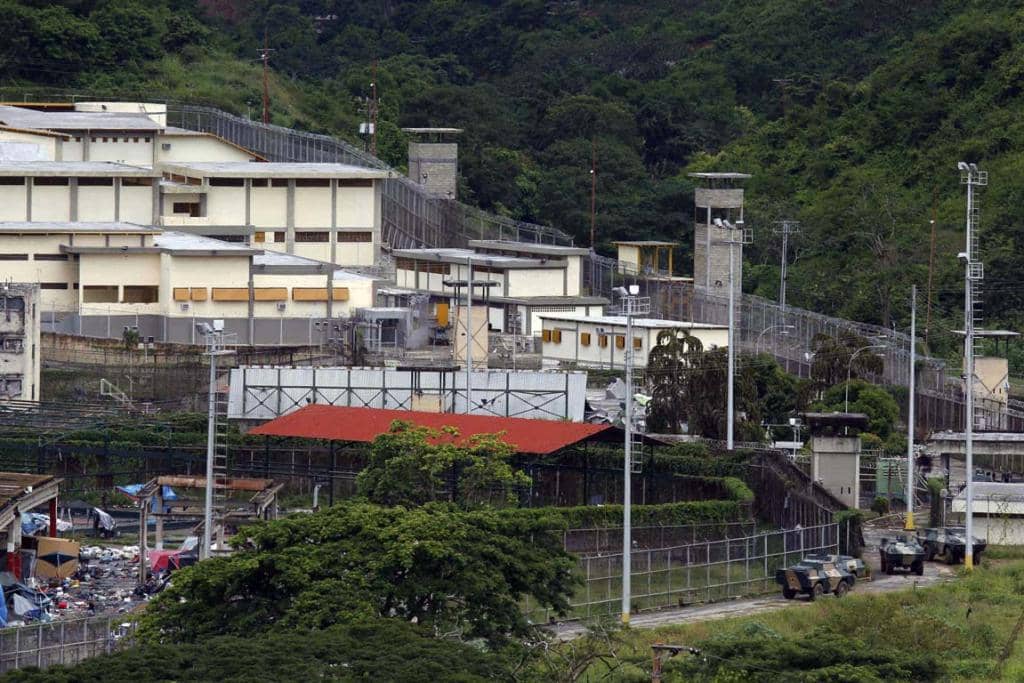
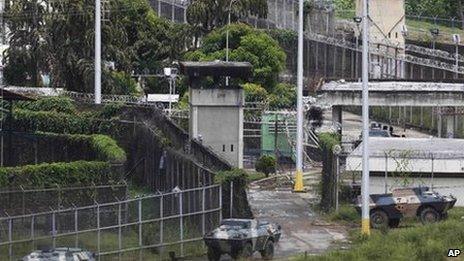
El Rodeo Prison, situated in Guatire and Guarenas in the state of Miranda, Venezuela, is a high-security facility that is home to a significant number of the country’s most dangerous criminals. The prison, which was designed to house around 750 inmates, is currently overcrowded with an estimated 50,000 prisoners. This overcrowding has led to a host of problems, including frequent outbreaks of violence and riots.
The prison is infamous for its regular incidents of gang violence, which often escalate into full-blown riots. These episodes of unrest are so severe that they often require the intervention of Venezuela’s armed forces. The military is called upon to quell the violence and restore order within the prison walls, highlighting the severity of the situation within the facility.
The environment within El Rodeo Prison is highly volatile, with tensions running high among the inmate population. The prison’s administration faces significant challenges in managing the facility due to the high risk of violence and the overcrowded conditions. The prison has become a symbol of the broader issues facing Venezuela’s penal system, including overcrowding, inadequate facilities, and a lack of resources to properly manage and rehabilitate the inmate population.
Butyrka Prison, Russia
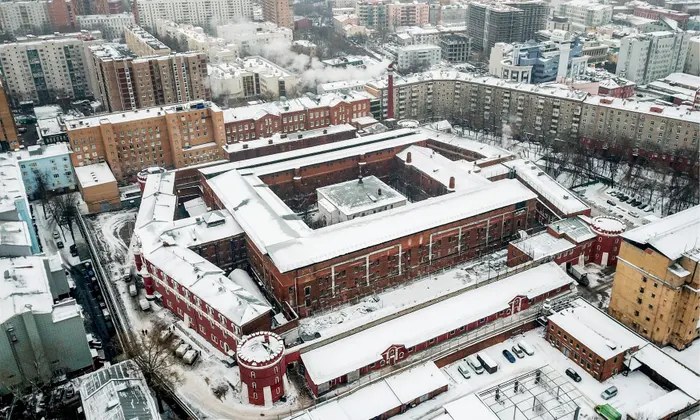

Butyrka Prison, officially known as Butyrskaya prison, is a detention facility located in the Tverskoy District of central Moscow, Russia. The prison’s history can be traced back to the 17th century, and the current structure was built in 1879. Throughout its history, Butyrka has served various purposes, from being a central transit prison in Imperial Russia to a holding facility for political prisoners during the Soviet Union era. As of today, it remains one of Moscow’s largest remand prisons, and overcrowding continues to be a significant issue.
The living conditions in Butyrka are notoriously harsh. The prison is known for its extreme temperatures, particularly during the summer months. Overcrowding is a prevalent issue, with cells designed for ten people often housing more than a hundred inmates. This overcrowding has led to the spread of diseases such as AIDS and tuberculosis among the prison population. Despite attempts by the prison administration to segregate inmates based on their health status, the spread of diseases remains a significant problem due to factors such as shared needles among drug-using inmates.
The prison’s history is marked by the incarceration of several notable figures, including influential revolutionary poet Vladimir Mayakovsky, Russian revolutionary Nikolay Bauman, and the founder of the KGB Felix Dzerzhinsky. During the Great Purge, Butyrka held about twenty thousand inmates at a time, and thousands of political prisoners were executed following investigations. The prison’s brutal regime and harsh living conditions have made it a symbol of the Russian penal system’s severe treatment of criminals.
Penjara Keamanan Maksimum Kamiti, Kenya
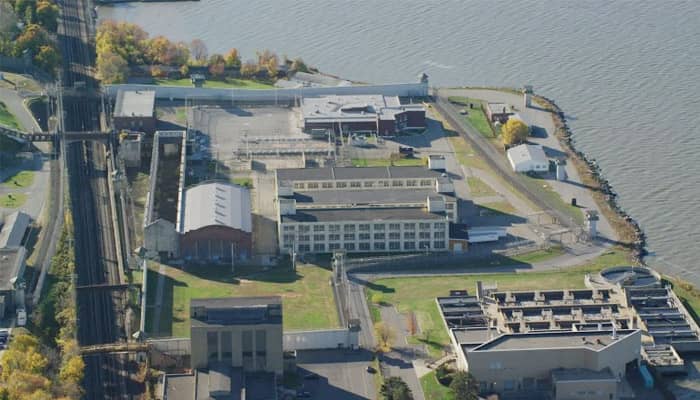
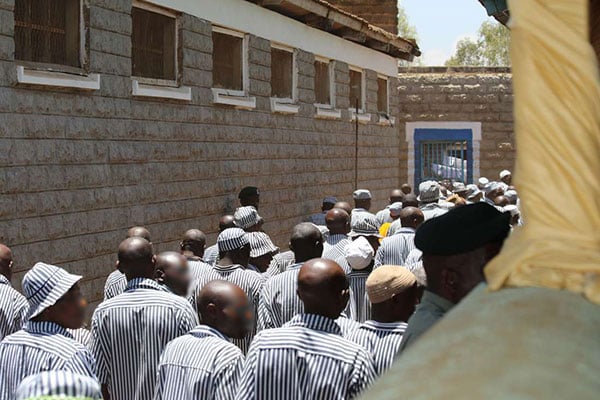
Kamiti Maximum Security Prison, located in Nairobi County, Kenya, is a notorious detention facility known for its harsh conditions and treatment of inmates. The prison, originally named “Kamiti Downs,” is situated within its own 490-hectare estate, which now lies fallow and untended.
During the 1980s and early 1990s, Kamiti was a holding facility for many political prisoners, including Hussein Onyango Obama, Kenneth Matiba, Raila Odinga, Koigi wa Wamwere, and Ngũgĩ wa Thiong’o, among others. The prison has also been the site of numerous executions, including that of Mau Mau rebel leader Dedan Kimathi by the British colonial administration in 1957.
The living conditions in Kamiti are infamously poor, with issues such as unreliable water supply and inhumane treatment of prisoners. Despite some improvements since 2002 under Mwai Kibaki’s government, the situation remains dire. The prison, built to accommodate 1400 prisoners, now houses over 3600 inmates in substandard living conditions. The “G” block, designated for condemned prisoners, is particularly notorious for its brutal lifestyle, characterized by predatory behavior and mobile phone scams.
In November 2009, at least eight prisoners died due to a cholera outbreak at Kamiti Prison, highlighting the severe health risks associated with the overcrowded and unsanitary conditions. Despite these challenges, the prison continues to operate, serving as a stark reminder of the harsh realities of the penal system in Kenya.
Camp 22, North Korea
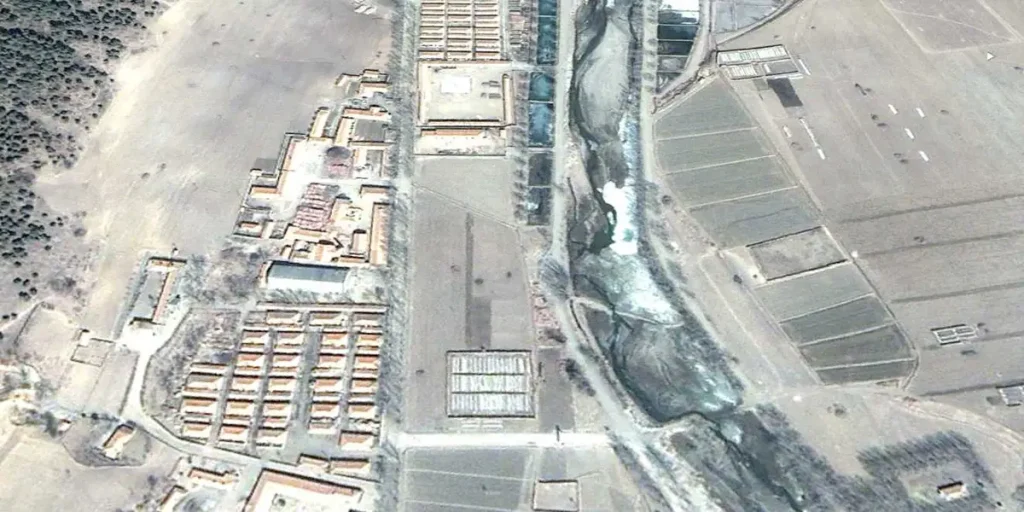
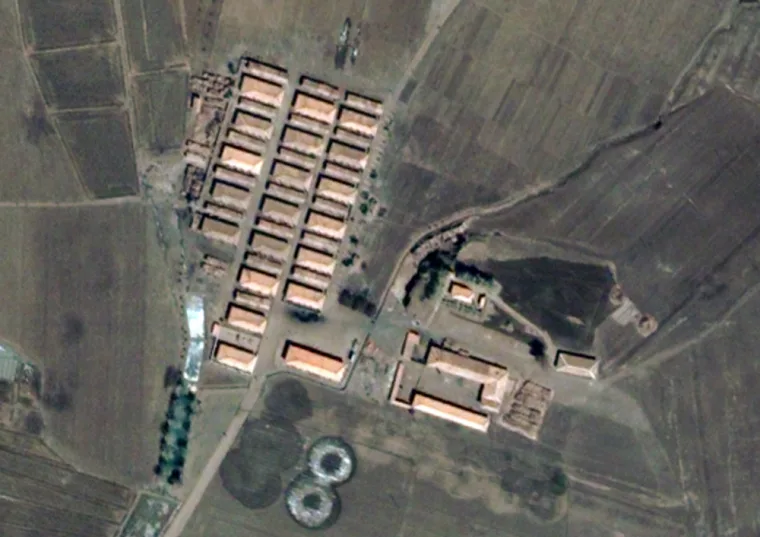
Camp 22, also known as Hoeryong concentration camp, was a maximum-security prison camp in North Korea, completely isolated from the outside world. The camp was reportedly closed in 2012. The official name was Kwalliso (penal labour colony) No. 22. The camp was located in Hoeryong County, North Hamgyong province, in northeast North Korea, near the border with China. It was situated in a large valley with many side valleys, surrounded by high mountains. The North Korean government has always denied its existence.
The camp was founded around 1965 and expanded in the 1980s and 1990s. The number of prisoners increased sharply in the 1990s when three other prison camps in North Hamgyong province were closed and the prisoners were transferred to Camp 22. The camp was around 225 km2 in area and was controlled by roughly 1,000 guards and 500–600 administrative agents. In the 1990s, there were an estimated 50,000 prisoners in the camp.
The conditions in the camp were harsh and life-threatening. Prisoners were subjected to hard physical labor in agriculture, mining, and inside factories from 5:00 a.m. to 8:00 p.m., followed by ideological re-education and self-criticism sessions. The mines were not equipped with safety measures and, according to reports, prisoners were consequently killed almost every day. If a fire occurred or a tunnel collapsed, prisoners were simply abandoned inside and left to die.
Human rights violations were rampant in the camp. The guards were taught to regard the prisoners as slaves and not treat them as human beings. Based on this, the guards could at any time kill any prisoner who did not obey their orders. Torture methods used in the camp included water torture, hanging torture, box room torture, kneeling torture, and pigeon torture. Rape and sexual violence were also very common in the camp.
Reports also suggest that human experimentation was carried out in the camp. There were accounts of prisoners being used as test subjects for asphyxiant gas and inexperienced medical officers practicing their surgery techniques on prisoners, leading to unnecessary operations and medical flaws, killing or permanently crippling prisoners.
Satellite images from late 2012 showed the detention centre and some of the guard towers being razed, but all other structures appeared operational. It was reported that 27,000 prisoners died of starvation within a short time and the surviving 3,000 prisoners were relocated to Hwasong concentration camp between March and June 2012. It was further reported that the camp was shut down in June, security guards removed traces of detention facilities until August and then miners from Kungsim mine and farmers from Saebyol and Undok were moved into the area.
Gitarama Prison, Rwanda
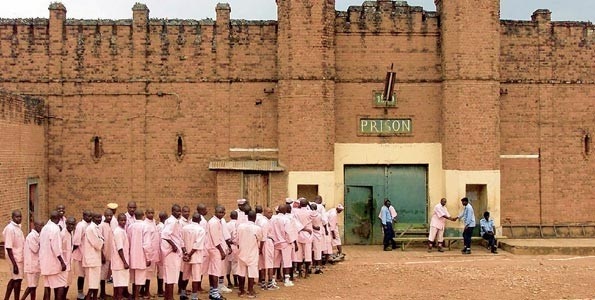
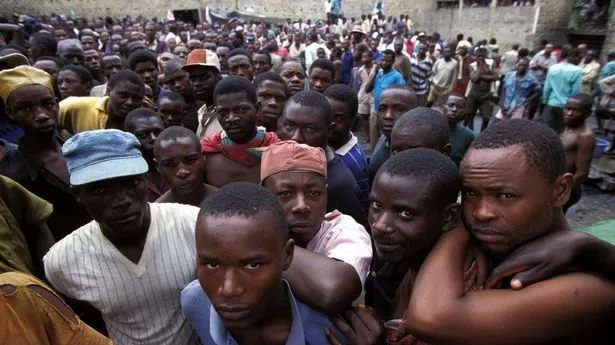
Gitarama Prison in Rwanda is infamous for its horrific conditions, particularly during the aftermath of the 1994 Rwandan genocide. The prison, originally built to house 400 inmates, was overwhelmed with around 7,000 prisoners in the wake of the genocide. This extreme overcrowding led to inhumane conditions that have been widely reported and condemned.
The prisoners were crammed into a facility with a severely limited space, leading to standing-room-only conditions. The overcrowding was so severe that many prisoners died from suffocation. Sanitation was virtually non-existent, with no proper facilities for the disposal of human waste. This led to the spread of diseases and infections, further exacerbating the already dire situation.
The lack of food and water was another significant issue. Prisoners were often left to starve, and the little food that was available was often rotten or inedible. Water was scarce, and prisoners had to resort to drinking rainwater or their own urine to survive.
The conditions at Gitarama Prison were so severe that it has been described as “hell on earth.” The prison has since been closed, and a new facility, Muhanga Prison, was built to replace it. The new prison is significantly larger and better equipped, but the memory of Gitarama Prison serves as a stark reminder of the horrors of the Rwandan genocide and the subsequent treatment of prisoners.
Nairobi Prison, Kenya
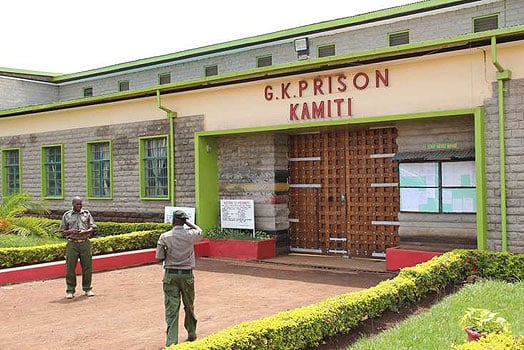
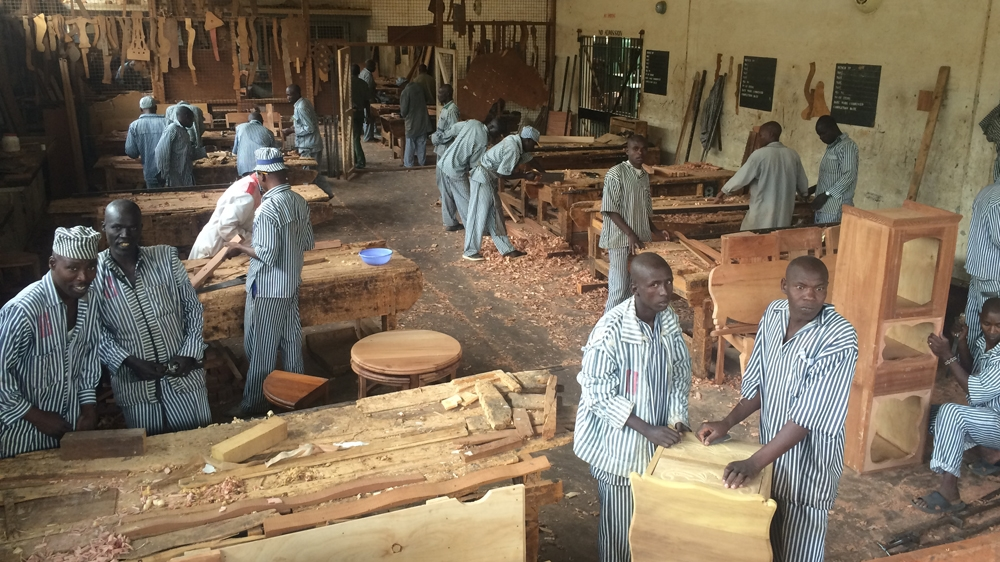
Nairobi Prison, also known as Nairobi West Prison, is a correctional facility located in Kenya’s capital city. The prison is known for its overcrowded conditions and the challenges it faces in maintaining the welfare of its inmates.
The prison, like many others in Kenya, struggles with issues of overcrowding. Cells designed for a handful of inmates often house many times their intended capacity. This overcrowding leads to unsanitary conditions and the spread of diseases, posing significant health risks to the inmates.
In addition to the physical challenges, the prison also faces issues related to the rehabilitation and reintegration of inmates. With limited resources and a high inmate population, providing effective rehabilitation programs is a significant challenge. Despite these issues, the prison staff strives to maintain order and provide as much support as possible to the inmates.
The Nairobi Prison is a reflection of the broader challenges faced by Kenya’s prison system. Overcrowding, limited resources, and the need for effective rehabilitation programs are issues that need to be addressed to improve the conditions for inmates and the effectiveness of the penal system.
Please note that this information is based on general knowledge and may not reflect the current state of Nairobi Prison. The specific details about this prison are not readily available online.
Black Beach, Malabo, Equatorial Guinea
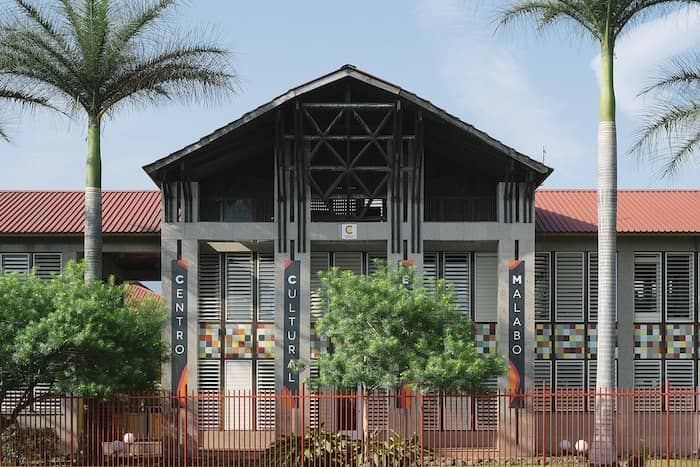
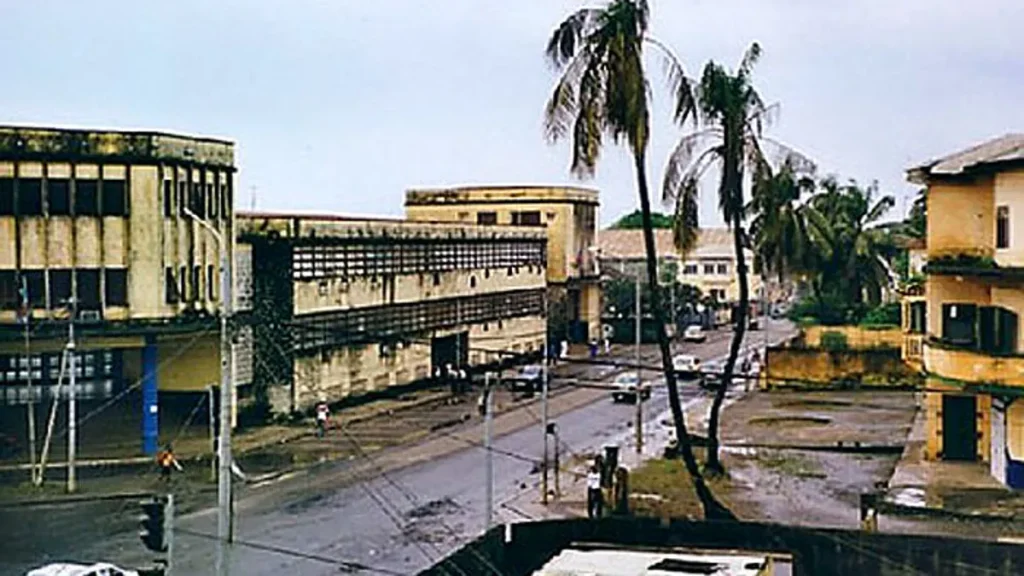
Black Beach, officially known as Playa Negra, is a notorious prison located in Malabo, the capital city of Equatorial Guinea. The prison has gained international attention for its harsh conditions and the treatment of its inmates.
Black Beach is known for its severe overcrowding, with cells designed for a few inmates often housing many times their intended capacity. This overcrowding leads to unsanitary conditions and the spread of diseases, posing significant health risks to the inmates.
The prison has been widely criticized for its human rights abuses. Inmates are often subjected to physical and psychological abuse, including torture. There have been numerous reports of inmates being held in solitary confinement for extended periods, and access to medical care is often denied.
The conditions at Black Beach have been condemned by various international human rights organizations. Despite these criticisms, the prison continues to operate, serving as a stark reminder of the challenges faced by prisoners in Equatorial Guinea.
Please note that this information is based on general knowledge and may not reflect the current state of Black Beach Prison. The specific details about this prison are not readily available online.
Pighjoni di Gldani, Georgia
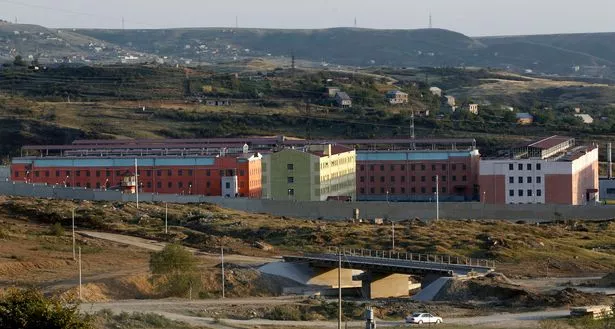
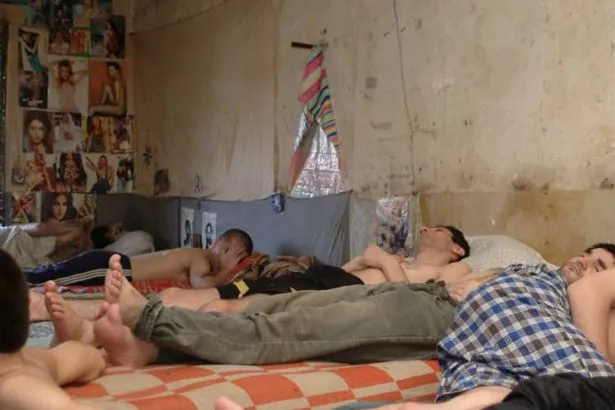
Pighjoni di Gldani, also known as Gldani Prison, is a correctional facility located in Georgia. The prison has been the subject of controversy and criticism due to allegations of human rights abuses.
Gldani Prison is known for its overcrowded conditions, with cells often housing more inmates than their intended capacity. This overcrowding leads to unsanitary conditions and the spread of diseases, posing significant health risks to the inmates.
The prison has been widely criticized for its treatment of inmates. There have been numerous reports of physical and psychological abuse, including torture. These allegations have been the subject of international attention and have led to calls for reform in Georgia’s prison system.
Despite these challenges, Gldani Prison continues to operate. The prison’s administration has made efforts to improve conditions and address the issues of overcrowding and abuse. However, these efforts have been met with skepticism by some who argue that more needs to be done to ensure the rights and welfare of inmates.
Please note that this information is based on general knowledge and may not reflect the current state of Gldani Prison. The specific details about this prison are not readily available online.
San Juan de Lurigancho, ubicado en Lima, Perú.
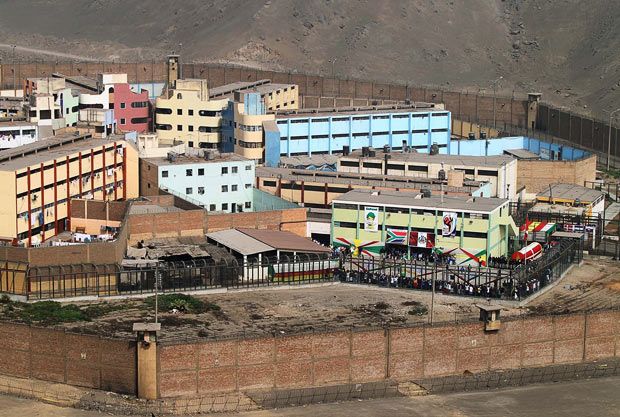
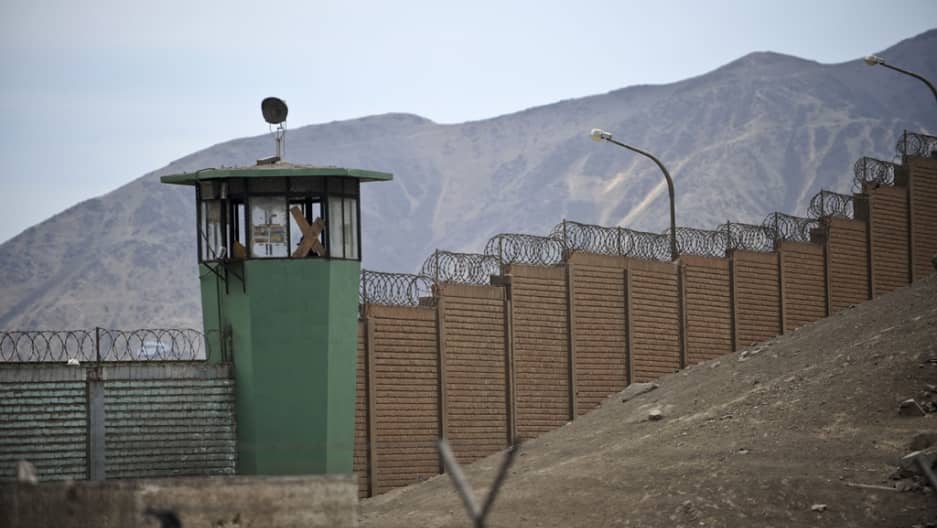
Due to severe overcrowding, with the prison designed for a maximum of 2500 inmates but currently holding around 11500, there are hardly any guards to prevent the inmates from killing each other. So, while it may offer a unique experience, survival is unlikely. As PRI notes Apart from sex offenders, there is no separation, allowing dangerous and experienced criminals to freely interact with young, minor offenders.
The prison has experienced several noteworthy incidents over the years, such as a riot in 1986 that resulted in the deaths of 90 inmates, and a Dutch inmate killing his Peruvian girlfriend and burying her beneath his cell floor.
These harsh realities of life inside prisons, where in some cases survival itself is a daunting challenge, should awaken our collective conscience to reassess the real purpose of penal institutions. The aim should not only be to punish the criminals but to rehabilitate them, preparing them for a better life post their term. However, in the light of the existing circumstances, the journey towards achieving this ideal seems fraught with immense challenges.
It’s high time for a global overhaul of prison systems that ensures the protection of human rights, even for those serving their time behind bars. After all, a civilization’s degree of progression can be measured by how it treats its most marginalized members – a test we seem to be failing at the moment.







